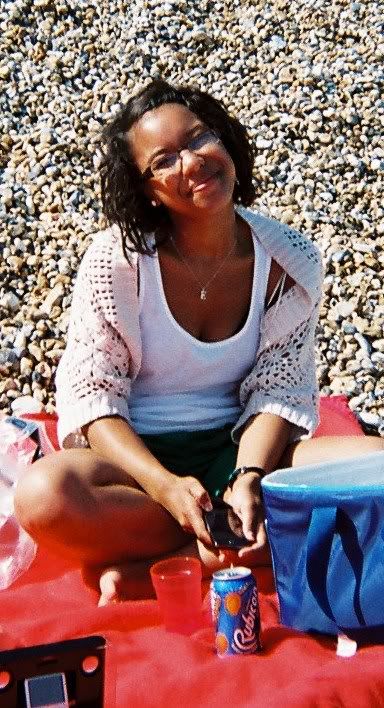What forms can opening sequences take?
Each opening sequence is different and normally have characteristics that relate to the genre of the film
The conventional features of opening sequences are Setting, Plot, Characters, Lighting
What narrative functions of opening sequences can you identify?Opening sequences are there to attract the audience so that they want to watch the rest of the film They introduce the main character, show the setting and period of the movie
Openings also give a vague idea of the story line that might follow
What do audiences gain from watching opening sequences?
They are able to decide if they are going to carry on watching the film and if they will enjoy it
Also if the film wants them to they can guess the storyline or plot of the film
What do film-makers gain from making an opening sequence?
In the opening sequence they are able to set the scene, set the period, help show the genre of the film and also introduce characters
In the opening sequence they can also be artistic and use more interesting camera techniques and lighting
Preliminary Exercise
Friday, November 6, 2009
Applying Barthes to 'Phone Booth'
Phone Booth
Action Code: Depicts the events which take place in the narrative
Who - Narrator introduces us to main character as he chats on the phone Where - New York city, we are shown this through many establishing shots and the loud hustle and bussle of the surroundings When - Very modern, lots of technology and tall sky scrapers, flashing lights
Semantic Code: refers to character and characterisation - Main Character Stu, when we are introduced to him he is on the phone - He is being followed by an assistant so we get the impression Stu has importance and he is a boss or very high up in his job - Confident in his voice and seems quite involved in his job - City guy, smart suit
Enigma Code: involves the setting up of mystery -Mystery of Stu and how he is going to be involved with the plot line, and how his job or importance in his job might tie into it too -Importance of phone in the plot line
Referential Code: involves explaining or informing - Busy city -Day time - Bright Lighting
Symbolic Code: involves the reading of the connotations of signs -Technology, modern theme - Confident, cocky character - Phone symbolises a relationship with someone through a phone
Thursday, November 5, 2009
Applying Levis-Strauss to Openings
Pale Rider
Tranquil v Loud
Young v Old
Green Trees v Brown landscape
Brown Horses v White Horses
Steady Camera - Manic Camera Movement
Life v Death
Night v Day
Happy Music v Tense Music
Hero v Villain
Innocent Villagers v Crazy Horsemen
Calm v Panic
Rich v Poor
Light v Dark
Hot v Cold
Settlement v Wilderness
Die Hard
Open Area v Inclosed Area (plane)
Cop v Villain
Chatty Taxi Driver v Silent Villains
Good v Bad
Suspense v Action
Home v Away
Children v Adults
Dress v Undressed
Calm, Loving v Family Arguments
Quiet Lift v Loud Party
High Tech v Old Fashioned
Present v Past
American v European
Man v Woman
Law v Criminality
Innocence v Guilt
Pursuit v Capture
Tranquil v Loud
Young v Old
Green Trees v Brown landscape
Brown Horses v White Horses
Steady Camera - Manic Camera Movement
Life v Death
Night v Day
Happy Music v Tense Music
Hero v Villain
Innocent Villagers v Crazy Horsemen
Calm v Panic
Rich v Poor
Light v Dark
Hot v Cold
Settlement v Wilderness
Die Hard
Open Area v Inclosed Area (plane)
Cop v Villain
Chatty Taxi Driver v Silent Villains
Good v Bad
Suspense v Action
Home v Away
Children v Adults
Dress v Undressed
Calm, Loving v Family Arguments
Quiet Lift v Loud Party
High Tech v Old Fashioned
Present v Past
American v European
Man v Woman
Law v Criminality
Innocence v Guilt
Pursuit v Capture
Subscribe to:
Comments (Atom)
